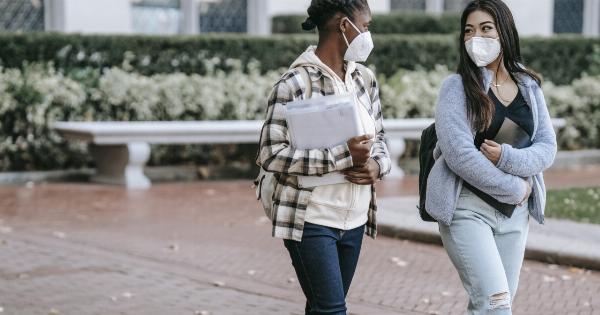Most of us have moles and spots on our skin, which are usually harmless. However, some of these moles and spots may be a sign of melanoma, a type of skin cancer that can be life-threatening if not detected and treated early.
Knowing the red flags for melanoma is essential for everyone, as early detection can increase the chances of successful treatment and recovery.
What is Melanoma?
Melanoma is a type of skin cancer that starts in the melanocytes, the cells that produce pigment in the skin. Melanoma usually appears as a new mole or an existing mole that changes in size, shape, or color.
It can also spread to other parts of the body, such as the lymph nodes, bones, or organs, and cause serious health problems.
Red Flags for Melanoma
Here are some of the red flags for melanoma that you should look out for:.
Asymmetry
An asymmetrical mole or spot is one that does not look the same on both sides. If you drew a line down the middle of the mole, the two halves would not match. This is a red flag for melanoma, as most benign moles are symmetrical in shape.
Border
The border of a melanoma is usually irregular or scalloped, unlike the smooth and even borders of most benign moles. A melanoma may also have notches or bumps along its edges.
Color
A melanoma may have more than one color, or a combination of colors, such as black, brown, gray, red, pink, or white. The color may also be uneven, with darker and lighter areas within the same mole.
Diameter
A melanoma is usually larger than a benign mole, although the size can vary. If a mole is larger than 6 millimeters (about the size of a pencil eraser), it should be checked by a dermatologist.
Evolving
A melanoma may change in size, shape, color, or elevation over time. It may also bleed, itch, or become scaly or crusted. Any changes in a mole should be evaluated by a dermatologist.
Location
A melanoma can occur anywhere on the body, but it is more common on areas that are exposed to the sun, such as the face, neck, arms, and legs. It can also develop on the palms of the hands, soles of the feet, genitals, and under the nails.
Family History
A family history of melanoma increases the risk of developing the disease.
If you have a close relative, such as a parent, sibling, or child, who has been diagnosed with melanoma, you should be especially vigilant about checking your skin regularly and seeing a dermatologist for skin exams.
Personal History
If you have had melanoma in the past, you are at increased risk of developing the disease again. You should continue to check your skin regularly and have frequent skin exams by a dermatologist.
Avoiding Melanoma
While you cannot completely prevent melanoma, there are steps you can take to reduce your risk:.
- Wear protective clothing, such as long-sleeved shirts, hats, and sunglasses, when you are outdoors.
- Use sunscreen with at least SPF 30 and reapply it every 2 hours, or more often if you are swimming or sweating.
- Avoid tanning beds and sun lamps, as they emit harmful UV rays that can increase the risk of skin cancer.
- Check your skin regularly for any changes, and see a dermatologist if you notice any suspicious moles or spots.
- Eat a healthy diet rich in fruits, vegetables, and whole grains, and avoid smoking and excessive alcohol consumption, which can weaken the immune system and increase the risk of cancer.
Conclusion
Knowing the red flags for melanoma is essential for everyone, as early detection can save lives. If you notice any changes in a mole or spot on your skin, or if you have a family history of melanoma, see a dermatologist for a skin exam and evaluation.
By taking steps to protect your skin and monitor any changes, you can reduce your risk of developing melanoma and other types of skin cancer.


























